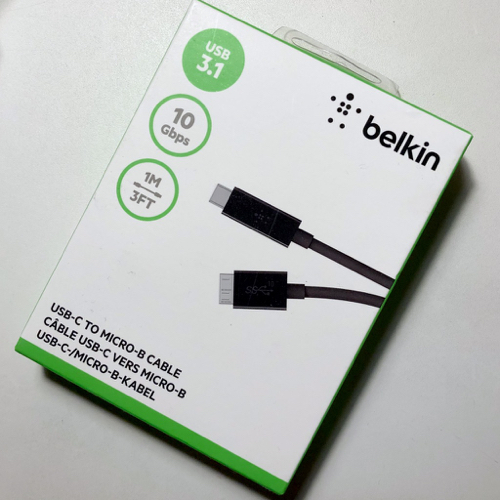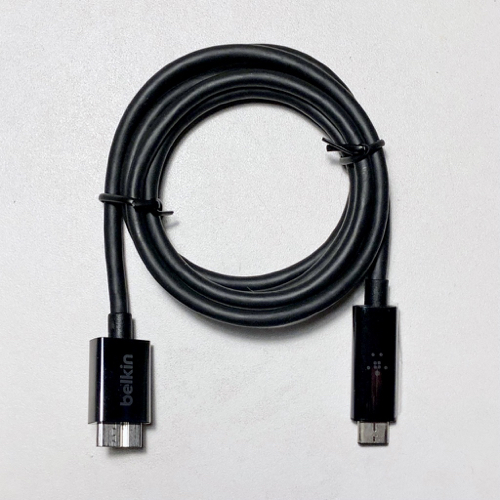|
|
eXtensions - The Wednesday File (70): Apple Watch Notes and Health; iPhone Security; and a Dongle-free MacBook ProBy Graham K. Rogers
A couple of hours later when I was ready to go for a shower I looked at the watch and the charge showed 34%, and this was around 36 hours after I last put the Apple Watch on charge. I still had enough for the whole day. I looked at the General Settings for the Watch on the iPhone just before I put it on charge that evening and saw that it had been 2 days 3 hours since the last charge. I also noted that the Watch had been in use for a little over 5 hours in that time. The figure of 18 hours is perhaps 18 hours of constant use, but the way the Watch works is that it is active for a specific task (5 seconds when I look at the time) and then goes into a power saver mode. In the 48 hours between charges in my rough and ready test, most of that time was on Standby. My actual use was just under 5 hours and that still left me with 16% charge left, although by then the charger ring on the Watch was showing red instead of the usual green.
Where the Watch has proved most valuable is the integration with the Health app on the iPhone. In August 2016, when I met with Dr. Richard V. Milani, of the Ochsner Health System, who was in Bangkok as a result of his Apple connections, it became clear to me how important the infrastructure of the iPhone had become to Apple with regard to health applications. News this week (Nick Statt, The Verge) examines the possibility that Apple is intending to build its own health chip. Job listings, which sometimes give clues to what directions a company may take, show that Apple is looking for "sensor ASIC architects to help develop ASICs for new sensors and sensing systems for future Apple products". As Apple now has a history of successful in-house development of its own processors - allowing features that no other company can provide - this makes a lot of sense. The Apple Watch is an integrated extension of Apple's health tracking, providing useful input with regard to personal performance (movement, energy use, stand hours) and exercise, as well as providing other inputs, for example heart rate. The heart data has been found to be especially valuable and a couple of studies have shown that Watch readings can indicate if a person has unusual heart beats (arrhythmia).
I now have these monitored every 6 months, but I would not have been aware had I not begun to investigate home monitoring. There is much research going on about such testing and there is some hope that the Watch could be used for non-invasive monitoring of blood-sugar at some time in the future.
I added to this in 2017 with a set of Nokia scales so I also weigh myself every day. Like the blood pressure data this is sent to the iPhone so I can see the information about my general state of health, along with exercise inputs. This monitoring enables me to see fairly quickly if any changes are needed, particularly with diet and exercise levels. As an indication of how Health is becoming an important development and investment area, Jeremey Horwitz (Venturebeat), reports that Apple's iOS records that uses open standards is now supported by over 75 backers. There is some access on the current iOS, version 11, but this appears to be expanded in iOS 12. The use of such access (phone to clinic) is not widely used currently, and in the USA it is still limited. I have seen nothing hear that allows me to share data; and when my mother tried to send her blood pressure readings to the doctor, she was told that the system in the UK had nothing in place to allow that.
There were some losses when iOS demanded that all apps should be 64-bit, but in general users coped and many of my favourite apps were updated in time for the switch. I did lose a few, but nothing that was disastrous. The move to Mojave may be a little more traumatic with a number of 32-bit apps not being updated, meaning the user must find suitable replacements if the apps are mission critical. A couple that I rely on will not be updated and both are concerned with uploading data to my website. With these, it is not simply finding (and buying) replacement software, but the settings for a site need to be entered and if these are wrong, the connection just won't be made. There may also be problems with certain scripts that have previously accessed Safari and I hear that there are lock-downs on third-party additions for scripting and such. These blocks at the system level completely destroy scripting additions so many rely on. Some may remember Sal Saghoian who was responsible for much of the work on scripting (and Automator) for many years at Apple, but who was let go in the last year or so. I am told that he is really worried about the ability of Mojave to run scripting. A plus and a minus in the supply chain this week, with Chance Miller reporting (9to5 Mac) that Lumentum Holdings, which is a supplier of vertical-cavity surface-emitting laser components (VCSEL) had a better-than-expected June quarter. Miller's article is worth reading with the background he provides. On the other hand, Foxconn which has long been Apple's main assembler of iPhones as well as providing manufacturing facilities for Apple and other brands, has reported a loss which may be due to lower sales of smartphones. Of course Apple is drawn into that, despite its recent sales report. Many other brands are experiencing far lower sales figures than Apple and some may be on the verge of disappearing.
The problem with weakening such barriers built in to the operating system is not simply that law enforcement can gain entry, but that (sooner or later) hackers will find a way to break in as well: heavens, they find enough holes anyway. It is disturbing that the Australians are now after exactly what Apple has been avoiding: a special key that can be made available to security services in special situations, signed off by the attorney-general. This is part of a general raft of new provisions being put forward (James Elton-Pym, SBS News) that would make anyone arrested give up passwords, allow access to data in encrypted messaging apps and provide new warrants for use when computers are seized. The most contentious is that the AG will be able to issue a "technical capability notice" that forces [a] company to "build a new capability" to help police or ASIO with their inquiries. That is what the FBI asked for with the San Bernadino bomber and which was refused. As with all these things, the authorities need to be careful what they wish for: opening the doors for one, may open them for all. That build a new capability is a disaster waiting to happen.
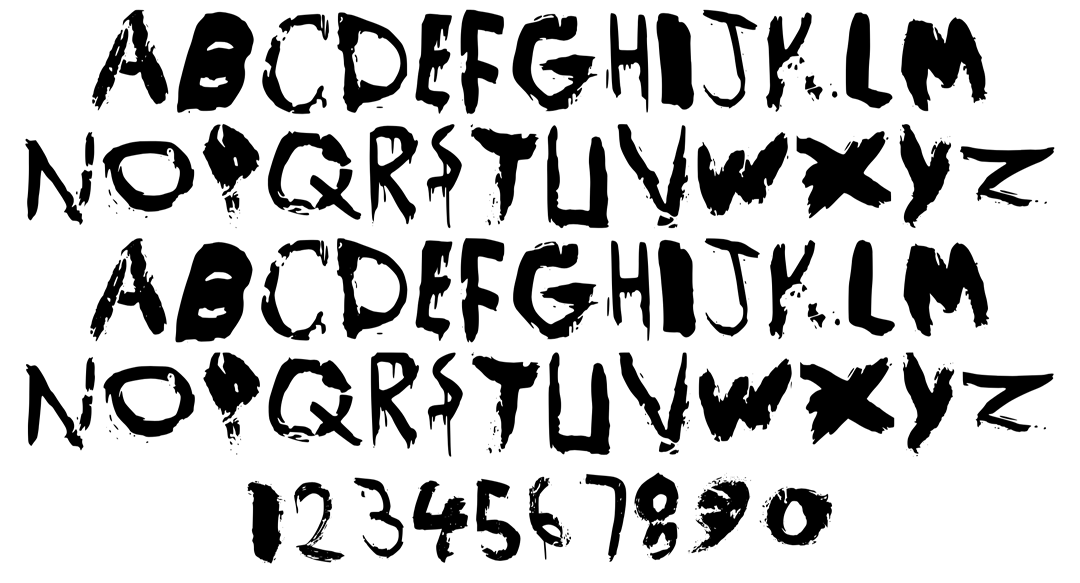

The Chat link was not available, and I had the same loopback problems I had faced using the iPhone. In desperation I tried the Chat one more time and there was a response. It appears that the delivery man will not attempt delivery if there is no phone response, and I had received no phone calls. But when the chat operator showed me the number, it seems Autofill had used the fax number for the office. My fault. Further enquiries were to be made and I confirmed that delivery to the security guards was normal at the Faculty of Engineering, where I work. Like a lot of online companies, the ordering is easy, but if anything goes wrong, trying to make contact to fix a problem may need some work. As a result of the chat and some behind-scenes work by Lazada, I had an email later in the afternoon telling me that the Transport team would contact me; and indeed they did. I had a brief phone call and we confirmed the location and that it was OK to deliver the package to the security guard at the Faculty. I expect to be using Lazada again. A note on the payment advice showed that these were shipped from Belkin in Laksi (not far from Don Muang airport) so if Belkin in Laksi have these, why don't the shops that sell the Macs with USB-C and the disks (or other accessories) that use the microB connectors? There are many other connectors from Belkin and from other manufacturers, but somehow, this cable is never on display.
Graham K. Rogers teaches at the Faculty of Engineering, Mahidol University in Thailand. He wrote in the Bangkok Post, Database supplement on IT subjects. For the last seven years of Database he wrote a column on Apple and Macs. After 3 years writing a column in the Life supplement, he is now no longer associated with the Bangkok Post. He can be followed on Twitter (@extensions_th) |
|

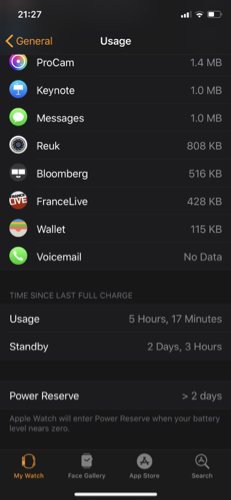 That morning, because of the article, I did not charge the Apple Watch. In the afternoon when I had a shower again I left it off charge. When I checked the next morning - I wear this all night because of the Cardiogram app to get full heart readings - it still showed 41%: it had been 51% the night before.
That morning, because of the article, I did not charge the Apple Watch. In the afternoon when I had a shower again I left it off charge. When I checked the next morning - I wear this all night because of the Cardiogram app to get full heart readings - it still showed 41%: it had been 51% the night before.
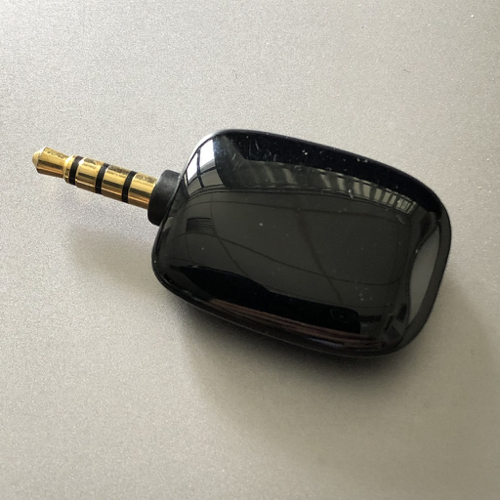 Initially I also tested my blood-sugar levels with a device that plugged into the 3.5mm headphone jack of the iPhone. When the iPhone 7 arrived, the Lightning-to-3.5mm connector allowed me to continue to use this, had I wanted. The readings were a little high, so I went to a clinic and had my blood tested. Blood-sugar was OK, although certain other levels were a little high, particularly cholesterol.
Initially I also tested my blood-sugar levels with a device that plugged into the 3.5mm headphone jack of the iPhone. When the iPhone 7 arrived, the Lightning-to-3.5mm connector allowed me to continue to use this, had I wanted. The readings were a little high, so I went to a clinic and had my blood tested. Blood-sugar was OK, although certain other levels were a little high, particularly cholesterol.
 In certain cases, even if the phone were available, Apple is unable to help as the encryption used is unbreakable, even by Cupertino. However, agencies such as the FBI (for example) have tried to force Apple to send a system update to a specific phone that would allow entry to the data. It is not simply an update, with one phone, but Apple was asked to create a special, one-off version of iOS tailored for the phone. That request was refused and the FBI eventually gained entry by other means.
In certain cases, even if the phone were available, Apple is unable to help as the encryption used is unbreakable, even by Cupertino. However, agencies such as the FBI (for example) have tried to force Apple to send a system update to a specific phone that would allow entry to the data. It is not simply an update, with one phone, but Apple was asked to create a special, one-off version of iOS tailored for the phone. That request was refused and the FBI eventually gained entry by other means.
